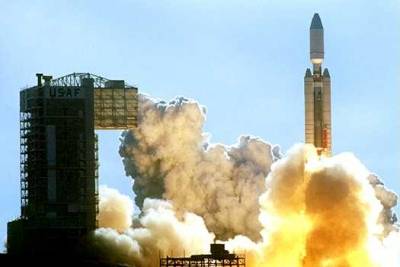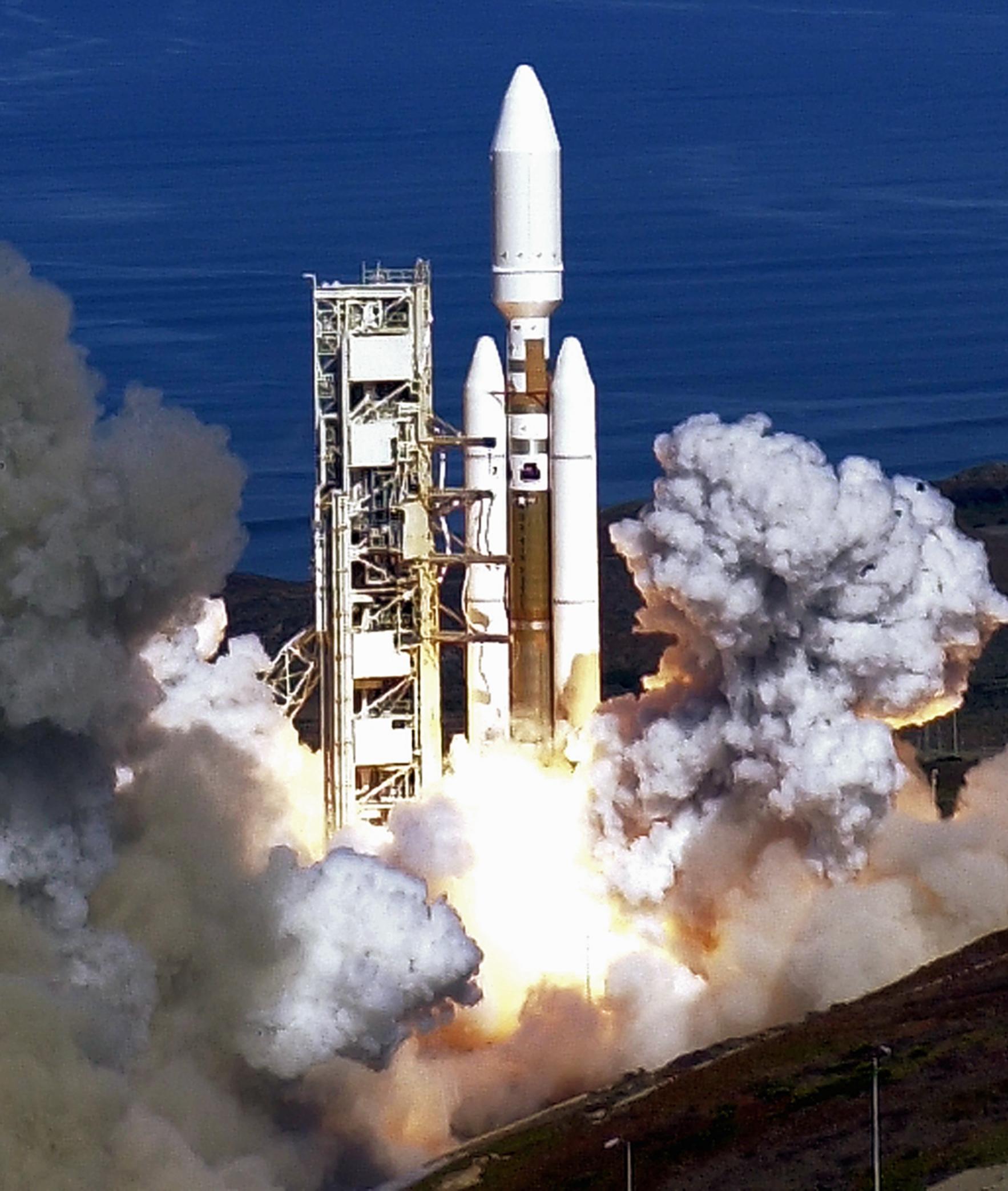Twenty years ago today — August 30, 1991 — the Yohkoh solar astronomy satellite launched from Kagoshima Space Center, Japan.

(Artist’s conception of the Yohkoh spacecraft. NASA image.)
Yohkoh was originally named “Solar-A,” and was a joint venture between Japan, Great Britain, and the US. “Yohkoh” means “sunlight” in English.
The Yohkoh mission lasted a decade, until an anomaly ended the satellite’s life. According to this Marshall Space Flight Center page,
Yohkoh suffered a spacecraft failure in December 2001 that has put an end to this mission. During the solar eclipse of December 14th the spacecraft lost pointing and the batteries discharged. The spacecraft operators were unable to command the satellite to point toward the sun.
If you have a child interested in such things — or if you yourself have a childlike interest in such things — you can build your own model Yohkoh satellite, using actual satellite blueprints.
And in other space history, on this date 50 years ago the U.S. launched Discoverer-29 on a Thor rocket out of Vandenberg AFB. According to this Wikipedia page, Discoverer-29 was the first of the KH-3 series of reconnaissance satellites launched by the NRO in the Corona program.













